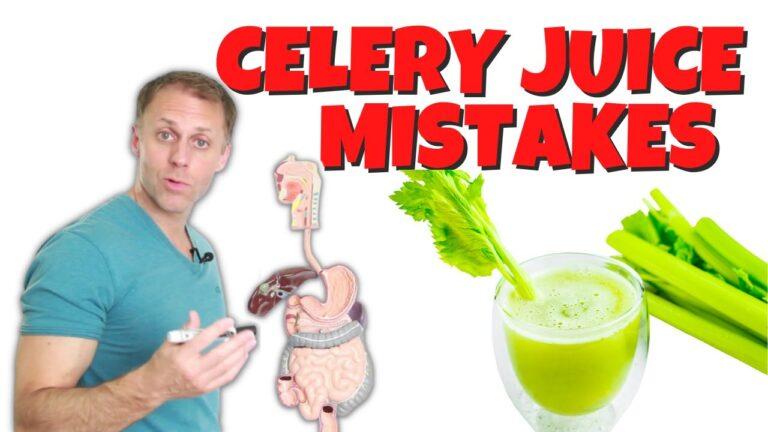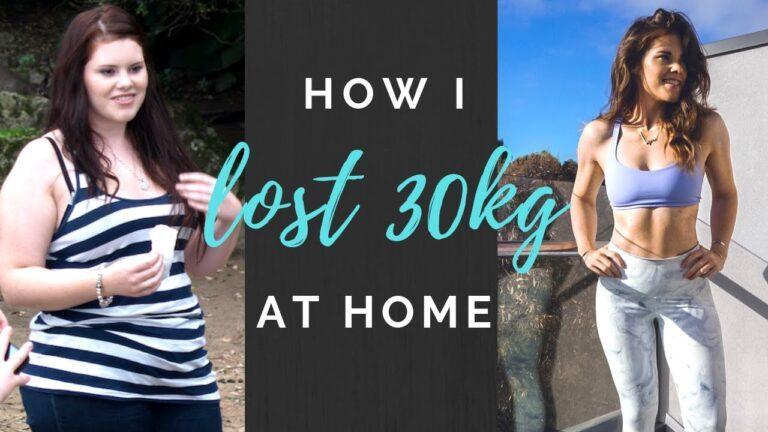After a much needed hiatus, Ask the Esthetician is back! I’ve started working at a medical spa in a dermatologist’s office, and will be answering my most asked questions of the past month in each edition. Feel free to send me more questions on my Instagram, @charlottetheskinsmith.
How are you actually supposed to wash your face?
The same way you clean your kitchen counter – clear it and then clean it. When you clean your kitchen counter (or bathroom counter, or any surface really) you have to take everything off it before you can actually clean it. Otherwise, you’re spraying cleaner on dust, cooking spatter, and whatever else you have sitting on your counter – meaning the counter itself might not be getting completely clean since it’s hitting other things first. We do this by doing a double cleanse – the first one removes the debris, the second actually cleanses the skin itself. The best way to do this is with an oil cleanser or cleansing balm for your first cleanse, and a foaming cleanser for your second. Use your first cleanser with dry hands on dry skin and give yourself a good massage with your hands to really break anything down. Imagine yourself in clown makeup, and you’ve got to break it all down with this cleanser – that’ll usually give you a good cleanse. You can then wipe it off with a warm, wet washcloth. Your second cleanse is much more typical – pump some cleanser into damp hands and massage onto damp skin for at least 30 seconds, then rinse or wipe away with a second warm, wet washcloth.
If after your two thorough cleanses you’re still finding traces of makeup, you might have to do the Korean Triple Cleanse. Rather than starting with an oil cleanser, the first step is a nondrying, gentle but effective makeup wipe – or sometimes a micellar water. The second step then is the oil cleanser, and the third is the foaming cleanser. I’ve used this technique when I’ve worn more makeup than normal, or needed my makeup to last through more humid environments than Satan’s sweaty underarm (aka, the American South in the summer).
I keep hearing about slugging and how awesome it is, is it all it’s hyped up to be?
If I never hear the term “slugging” again, it’ll be too soon. The premise, for those not in the know, is that you should “seal” your skincare in at night with something highly occlusive (Vaseline and Aquaphor are normally touted as holy grails for this) to help protect against something called TEWL (pronounced “tool”), short for transepidermal water loss.
In theory, it’s a good idea. We use moisturizers and hydrating serums to help fight the fact that water continually evaporates from our skin all day and night. During the day we also drink water and consume water-rich foods that help hydration. When we’re asleep, though, we don’t have that option, and thus lose even more water. This also means we produce less oil since our skin’s more focused on repairing than hydrating. So, on the surface? Sure, slugging makes complete sense!
The problem? It completely goes against what your skin actually needs at night. When our skin is repairing itself, it pulls nutrients and hydration from anywhere it can – both internally and externally. This means your skin basically acts like a vacuum at night to soak up all your skincare and push it to the deepest levels of skin where it can work the hardest. By putting an occlusive layer on top, you’re preventing this process from happening, which means your hardworking serums, essences, treatments, even your nighttime moisturizer? Basically aren’t doing a dang thing. You’ve now diluted them so much that you’re wasting your money even using them. I know, sucks right?
Layering skincare is crucial to ensuring you stay hydrated through the night, so ensuring that includes plenty of hydration is important. And if your night cream feels a bit heavy when first applied? It’s super normal! Give it about half an hour to start soaking in before heading to bed and you’ll be golden. But just because a heavier nighttime moisturizer and hydrating serums are great doesn’t mean Vaseline and Aquaphor are better. These heavy occlusives are meant to cover wounded skin. Unless your skin is covered in open wounds every night, then you don’t really need that level of occlusivity. If your skin *is* covered in open wounds every night…you probably need to see a dermatologist, because holy molar that’s painful! Plus, Vaseline and Aquaphor are full of paraffin and mineral oil, both of which are petrochemicals made from crude oil manufacture. Realistically, that’s not exactly good for the environment or sustainable for our future. They also don’t really do anything to treat the skin. They just trap water in – which sure, that’s great, but there are plenty of other ways to trap water in without essentially saran wrapping your face.
If you’ve tried slugging and saw an improvement in your skin, then there are a few things you should consider instead of continuing to slug. First, make sure you aren’t using too many actives at one time. If your nighttime skincare has too many intense treatment ingredients, then your skin will obviously wake up in the morning angry. You might need to space out some of your actives, put them on rotation through the week, or simplify your steps. Alternatively, if that isn’t really an issue? Up your hydration! Use a hydrating serum, maybe a heavier night cream, use a humidifier at night, try a silk or satin pillowcase and make sure your skincare has had about 30 minutes to start absorbing before going to bed, and make sure you’ve had enough water during the day. If you have a chronic skin condition like psoriasis or eczema, then you might need to experiment with skincare that deals with inflammation as well as hydration. Look for ingredients like licorice root, oats, green tea, hyaluronic acid, rice, stone crop, aloe, lavender, chamomile, sea buckthorn, arnica, calendula, echinacea, evening primrose, hypochlorous acid, and yarrow.
If you do have a chronic skin condition that requires occasionally using an occlusive, there are thankfully some stellar options that give more occlusivity along with lots of healing, soothing ingredients. Ouli’s Ointment is a woman-owned, family run brand in California that carries a couple of multipurpose godsends, including their All Purpose Balm, a deceptively simple but incredibly nourishing blend of Greek olive oil, chamomile, and beeswax. They also have a lavender variation that I cannot WAIT to get my hands on. I personally have used the All Purpose Balm and their Ola Oil (Greek olive oil, sunflower oil, chamomile, and geranium – again, gloriously simple but incredibly soothing) at work all the time during facials, and can confirm just how soothing and hydrating they are. I’ve actually talked about them so much on my instagram that I’ve actually been offered an affiliate account – so if you want to order, watch my instagram to see when that account gets put through and you’ll snag a nice discount!
When should I start using anti-aging products?
Depends on the product! If it’s retinoids or (my preference) retinol alternatives, hyaluronic acid, or just more hydration you want to add to your routine, you can do those as early as your late teens (after consulting with an esthetician to make sure the products are a good fit). Anti-aging products just tend to have these ingredients at higher concentrations to be geared at collagen production and maintenance, brightening, and reducing the appearance of fine lines and wrinkles. They tend to be much heavier as well to help combat the dryness that comes with aging skin. Basically, if it seems like it would be a genuinely good fit for your skin and you need the extra hydration and dose of actives, there isn’t really such a thing as too early. However, for most, I recommend late 20s/early 30s for their first products – normally some kind of serum and/or eye cream.
Now that summer’s over, I’m thinking of getting a chemical peel. Am I a good fit for one? Do I need to do anything to prep for one?
First thing’s first – very rarely do we do just one peel, because just one peel won’t do the trick. For it to really make a difference, you need a series of 4-6, spaced out at regular intervals. Depending on what it is you’re treating and the type of peel, that could be anywhere from every 4 weeks to every 10 days.
Keeping that in mind, you’ll likely need to see an esthetician for at least one regular facial first before starting your peel series. Your esthi will get a thorough understanding of your skincare, lifestyle, and treatment goals to see if a chemical peel will be right for you – or if it’s even needed at all! Sometimes clients think they need a chemical peel when they actually need microneedling, or dermaplaning, or just to come in regularly for facials.
When it comes to preparing for a chemical peel – really, preparing to see an esthetician for the first time – you’ll need to have a few different things.
Have any questions for Charlotte? Submit your questions to her on Instagram at @charlottetheskinsmith!
Charlotte Smith is an esthetician licensed in Tennessee and Georgia. She’s married to a lumberjack version of Deadpool, is obsessed with huskies, is straight up in quarter-life crisis mode, and loves pretty much anything that could be considered creepy.
Facebook Comments
This content was originally published here.





















